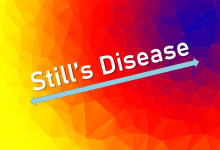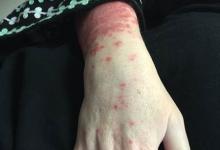Type 2 SLE: Insights from a Biopsychosocial Framework Save
Many of the common symptoms of lupus - fatigue, nociplastic pain, brain fog - can be invisible and difficult to measure. These symptoms can often co-occur with impaired sleep, depression and anxiety. They can be debilitating, and result in poor quality of life. These symptoms have led to a well described discordance between physician and patient perception of lupus activity and flares, and this discordance can impact communication, trust, medication adherence, and ultimately outcomes. We developed the Type 1 and Type 2 model many years ago as a means to bridge this gap, and to incorporate these type 2 symptoms as intrinsic features of lupus and autoimmunity with perhaps a mixed or less clear relationship to inflammation.
Dr. Jen Rogers, Duke University, Durham, North Carolina, shares her approach to managing and understanding type 2 lupus.










If you are a health practitioner, you may Login/Register to comment.
Due to the nature of these comment forums, only health practitioners are allowed to comment at this time.